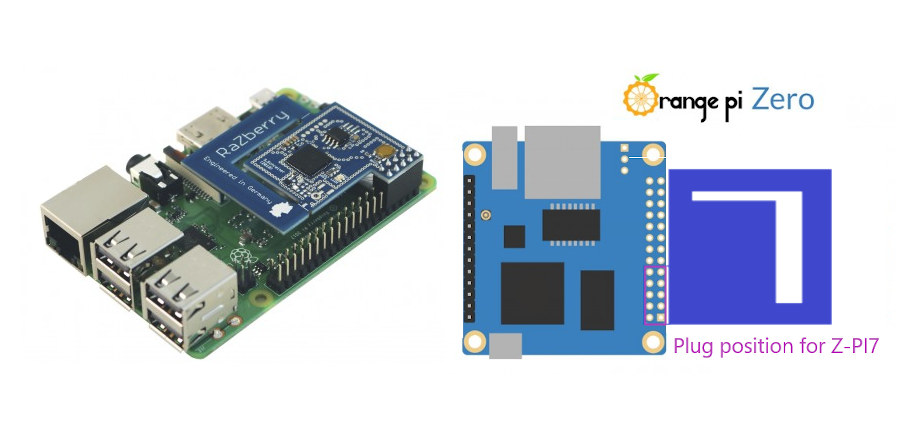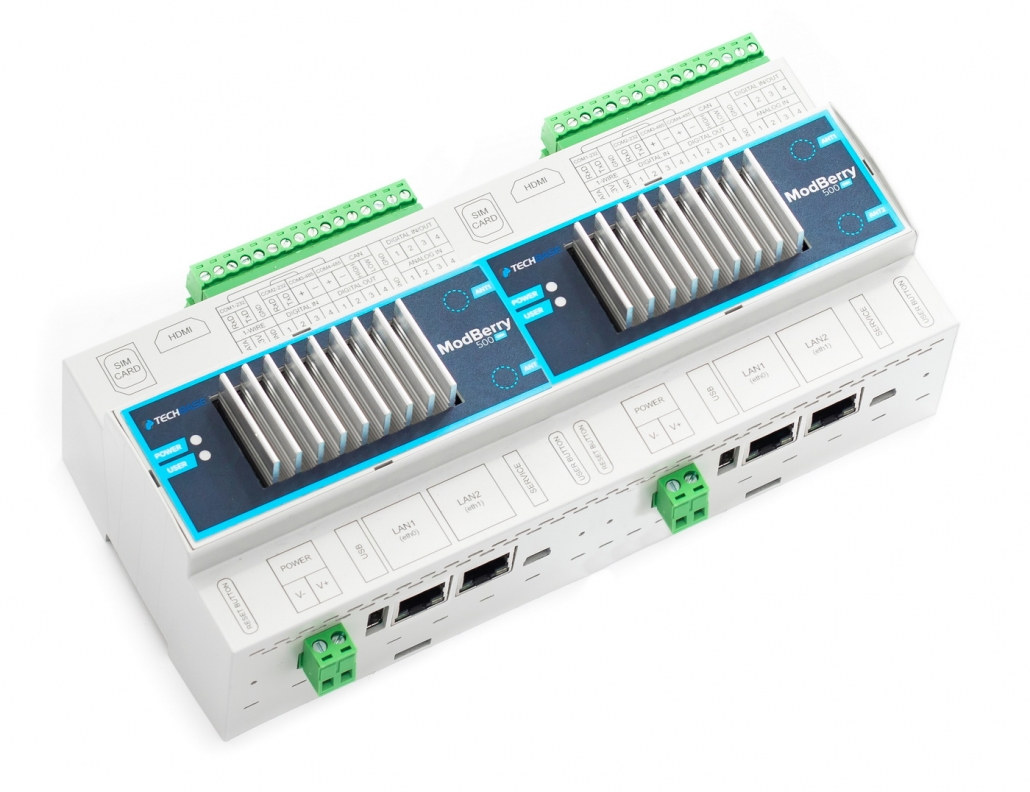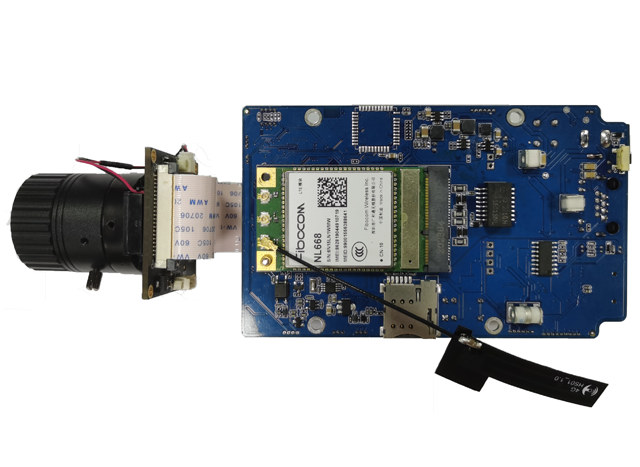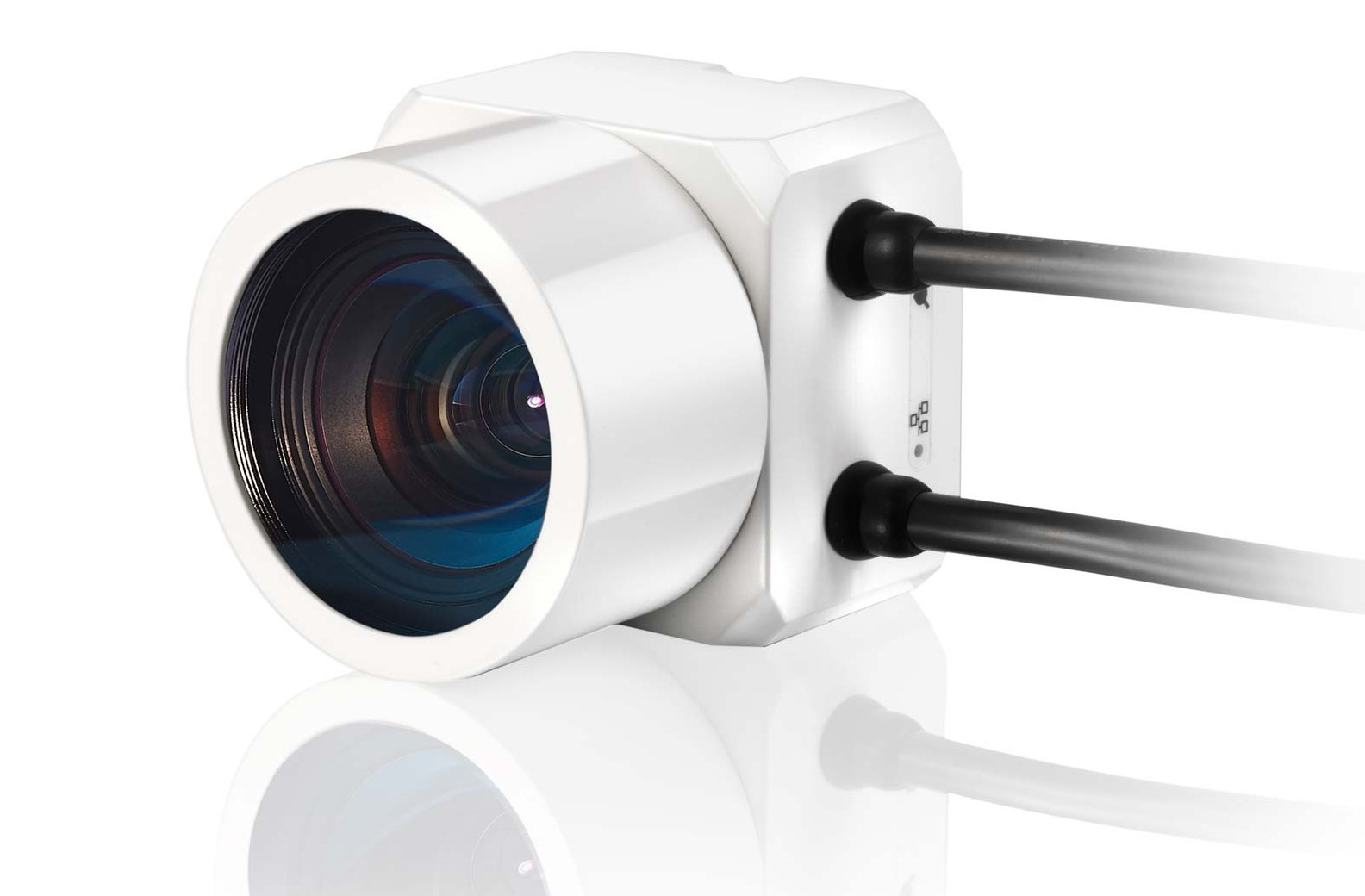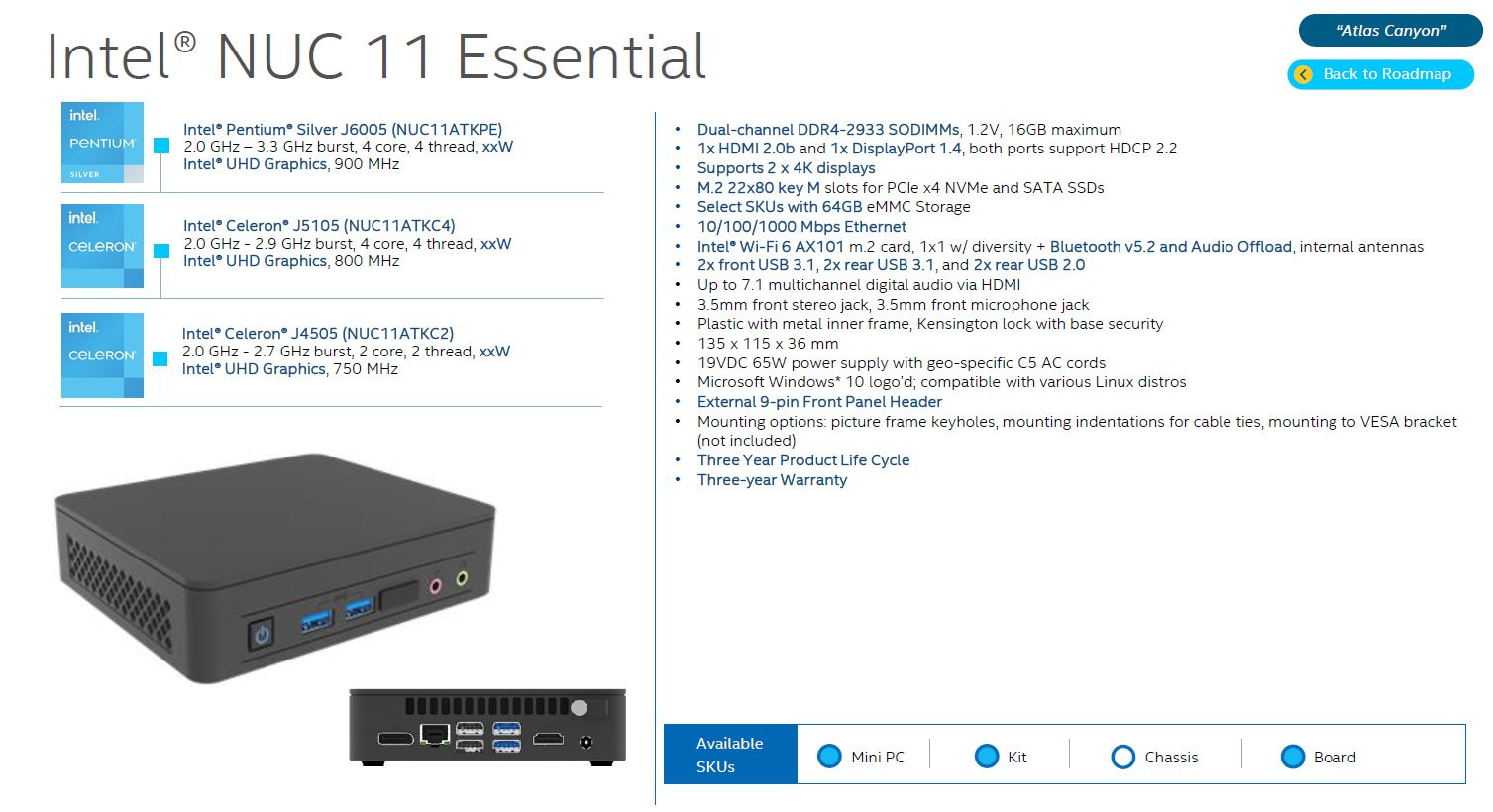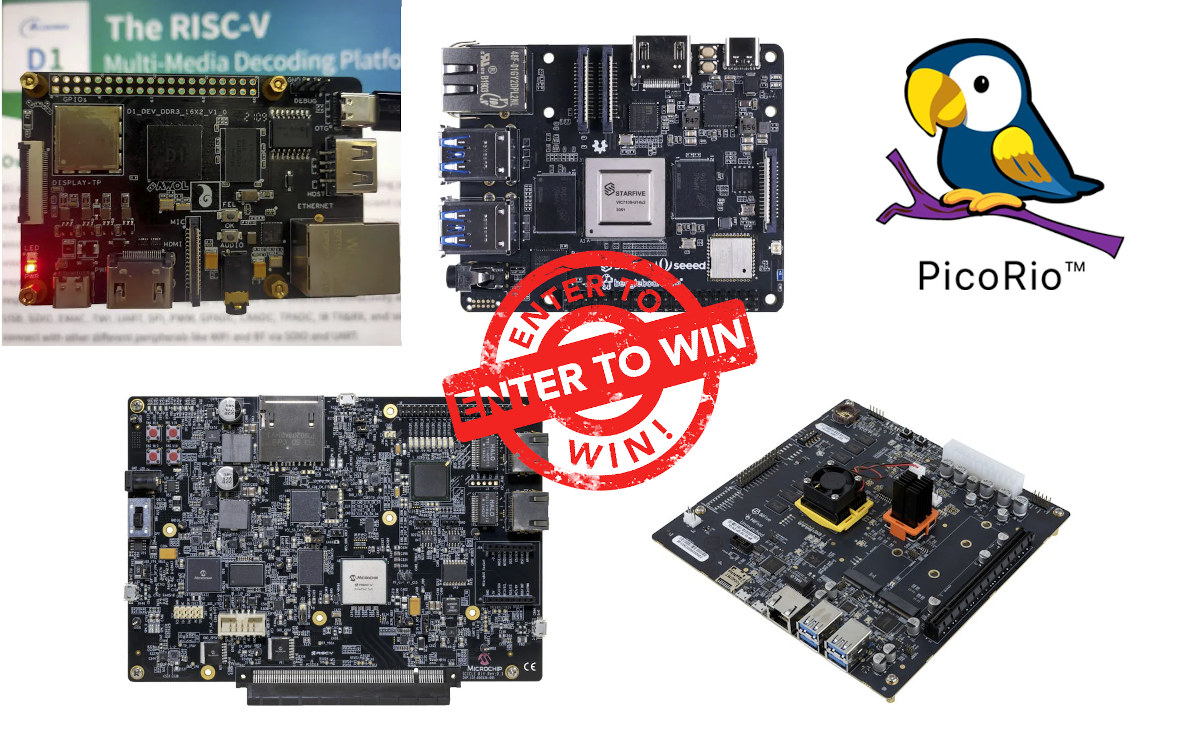Linux is everywhere, even on Mars, but if there’s one home appliance I did not expect to find the open-source operating system, it would have been the microwave oven. But Farberware thinks differently and launched the FM11VABK microwave oven running Linux on a Rockchip RK3308 quad-core Cortex-A35 processor to handle Sensory’s TrulyHandsfree voice stack enable voice-assistant features on the Linux microwave oven. I don’t think I need to go through the full specs of the 1,100 Watts microwave oven and I’ll focus on the voice assistant instead. People who worry about connecting everything to the Internet will be glad to know Farberware FM11VABK does not require an Internet connection or a mobile app for control. Everything is processed locally through TrulyHandsfree technology without sacrificing privacy, and with faster response times. Sensory offers its “Custom Domain-Specific Voice Assistant” service to any manufacturers of home appliances, vehicle infotainment systems, set-top boxes, home […]
Z-Pi 7 Z-Wave gateway devkit works with Raspberry Pi and Orange Pi Zero boards
WiFi & Bluetooth are the most popular wireless protocols for home automation, alternatives like Zigbee and Z-wave have also been widely adopted, at least in some countries. And if you are interested in the latter, Aeotec has just introduced the Z-Pi 7 gateway development kit that lets you add Z-Wave connectivity to Raspberry Pi boards or Orange Pi Zero SBC with an expansion board connected over UART through the GPIO header. Aeotec Z-Pi 7 Z-Wave expansion board (ZWA025) specifications: Z-Wave connectivity Silicon Labs EFR32ZG14 Arm Cortex-M4 SoC @ 39 MHz with Series 700 and Gen7 technology Frequencies ZWA025-A: US Frequency 908.42 Mhz ZWA025-B: AU Frequency 921.42 Mhz ZWA025-C: EU frequency 868.42 Mhz TX Power – US: +9.3 dBm; EU: +4.8 dBm RX sensitivity – -97.5 dBm Range Indoor – US: 70+ meters; EU: up to 60 meters Outdoor – Up to 200 meters SmartStart native integration and S2 security. Z-Wave Plus Certified […]
ClusBerry-2M Industrial IoT controller takes two Raspberry Pi Compute Modules 4
Earlier this year, Techbase introduced the ClusBerry 9500-CM4 cluster system for industrial IoT that can take up to eight Raspberry Pi Compute Modules 4 housed in a DIN rail enclosure. But for smaller projects and IoT prototyping, the company has now designed ClusBerry-2M, a smaller cluster device including two independent ModBerry I/O mainboards and two Compute Module 4’s that’s equivalent to two ModBerry 500-CM4, but with support for software cluster management tools such as Docker and K3s Lightweight Kubernetes. The company did not share the full ClusBerry-2M specifications, but we can derive most of the features from the photos, previous products features, and the announcement: SoM – 2x Raspberry Pi Compute Module 4 with Broadcom BCM2711 quad-core Cortex-A72 processor @ 1.5 GHz, 1 to 8GB RAM, up to 32GB eMMC flash. Storage – 2x M.2 slots for NVMe SSDs Video Output – 2x HDMI 2.0 ports Connectivity 4x Gigabit Ethernet […]
SigmaStar SSC33x Camera SoCs are pin-to-pin compatible with Hisilicon Hi3516/Hi3518 processors
We’ve been writing a fair amount of posts about SigmaStar SSD201/SSD202D processors for smart displays in recent times. But the company also has various camera SoC’s with SSC333, SSC335, SSC336, SSC337, SS338, and SSC339 parts. Those processors feature one or two Cortex-A7 core, embedded RAM, as well as an optional AI accelerator called DLA (Deep Learning Accelerator). The chips manufactured using a 28nm or 22nm process, with the latter being used for parts with the AI accelerator. Most of the Sigmastar SCC33x processors also happen to be pin-to-pin compatible with HiSilicon Hi3516 or Hi3518 SoC that are found in a wide range of IP cameras. Let’s take SSC336D/SSC336Q processor as an example since it comes with the AI accelerator and we have a datasheet courtesy of linux-chenxing.com. SigmaStar SSC336D/SSC336Q camera SoC key features & specifications: CPU – Dual-core Arm Cortex-A7 processor @ 1 GHz with Neon and FPU Embedded Memory […]
Imago “VisionAI” Smart AI Camera supports Tensorflow Lite & AutoML Vision Edge
Imago Technologies GmbH “VisionAI” is a programmable Smart AI camera that combines a quad-core Cortex-A53 processor @ 1.8 GHz together with Google Edge TPU, and designed for embedded image processing applications in the fields of AI, Deep Learning, and Machine Learning. The smart camera supports TensorFlow Lite and AutoML Vision Edge frameworks, and is suited for tasks such as pattern recognition, classification, anomaly or defect detection in inspection applications, code reading, and other machine vision applications. Imago VisionAI (VisionSensor PV3 AI) camera specifications: SoC – Unnamed quad-core Arm Cortex-A53 processor @ 1.8 GHz (likely NXP i.MX 8M Mini) AI Accelerator – Google Edge TPU with up to 4 TOPS of AI processing power System Memory – 2 GB DDR4 RAM Storage – MicroSD card up to 32GB Connectivity – Gigabit Ethernet M12 connector Camera 1/1.8” 5MP mono or color CMOS sensor with 2560 × 1936 pixels resolution, up to 65 […]
Intel Atlas Canyon NUC to feature Jasper Lake J-Series processors (Leak)
Intel Jasper Lake N-series low-power processor family was introduced as an update to the Gemini Lake family last January, and the first Jasper Lake mini PC’s have just started to show up with mass production scheduled in mid-May. But now, courtesy of FanlessTech, we have more information about Intel Atlas Canyon NUC that will be offered with a choice of three Jasper Lake processors, namely Pentium Silver J6005, Celeron J5105, and Celeron J4505, all of which are J-series, and have yet to be announced/listed on Intel Ark website. Intel NUC 11 Essential “Atlas Canyon” specifications: SoC NUC11ATKC2 – Intel Celeron J4505 dual-core processor clocked at 2.0 GHz / 2.7 GHz (Burst) with Intel HD Graphics @ 750 MHz NUC11ATKC4 – Intel Celeron J5105 quad-core processor clocked at 2.0 GHz / 2.9 GHz with Intel HD Graphics @ 800 MHz NUC11ATKPE – Intel Pentium Silver J6005 quad-core processor clocked at 2.0 […]
RISC-V International to give away 1,000 RISC-V development boards
The best way for a new platform to get good software support is to bring hardware into the hands of developers. That’s exactly what RISC-V International is doing by inviting developers to sign up for a RISC-V developer board sponsored by RISC-V and contributing members. There are 1,000 boards on offer with 1GB to 16GB RAM depending on the target project from five companies and organizations namely Allwinner, Beagleboard.org, SiFive, Microchip Technology (previously Microsemi), and RIOS. Here are the stated goals of the giveaway: Spur innovation Enable new opportunities for the next generation of developers to work with the RISC-V ISA Provide a platform For testing To write programs that run on RISC-V Develop software Integrate existing software stacks Optimize ecosystem software Share feedback on the product such as ease to integrate software stacks, develop and test extensions, etc. The company did not provide an exact list of development board […]
Allwinner D1 RISC-V processor SDK & Documentation
We published information about Allwinner D1 SBC and processor a few weeks ago. The news was pretty interesting as it’s the first RISC-V processor from the company, and one of the first affordable RISC-V SBC. But all we had at the time was hardware information from a leak, or rather from China-only Allwinner developer website. But now the company has added more information to its open-source development website with the release of documentation, now only in Chinese, as well as the Allwinner D1 Tina SDK. Eventually, there should be a better SDK via linux-sunxi community and some are already working on the Allwinner D1 SBC, but let’s try to get the SDK from Allwinner and build the code from source using the documentation. First, you’d need to register on Allwinner open-source website and click on signup. You’ll probably want to select Email registration. Now fill your username, select a country, […]



